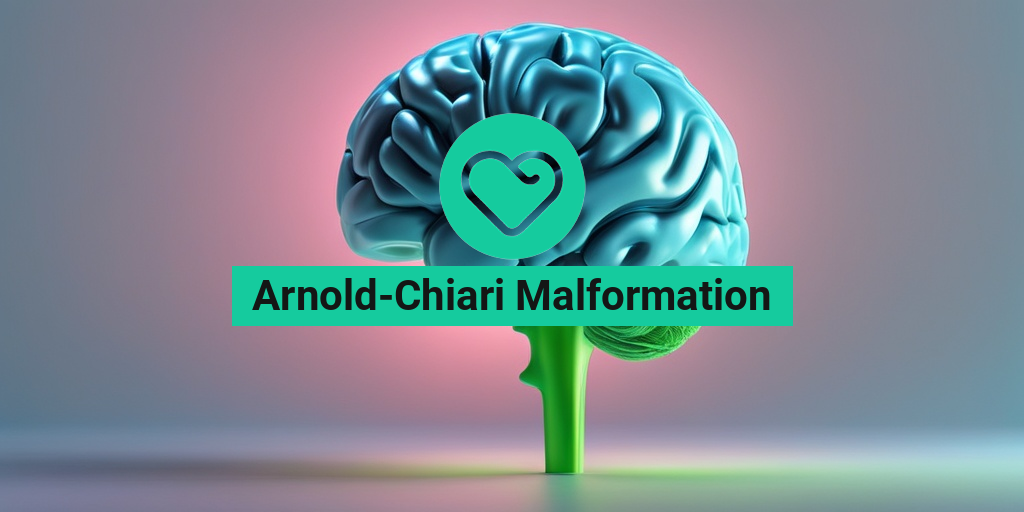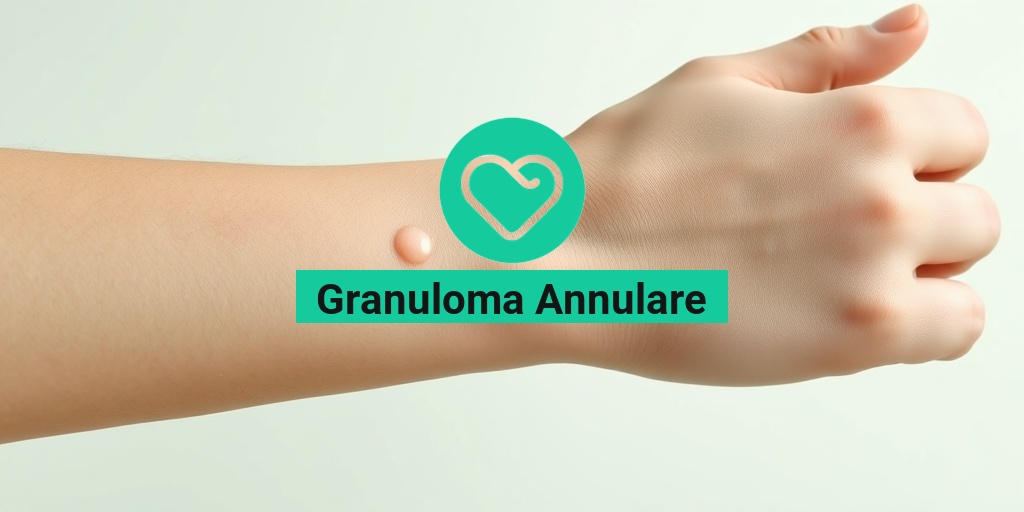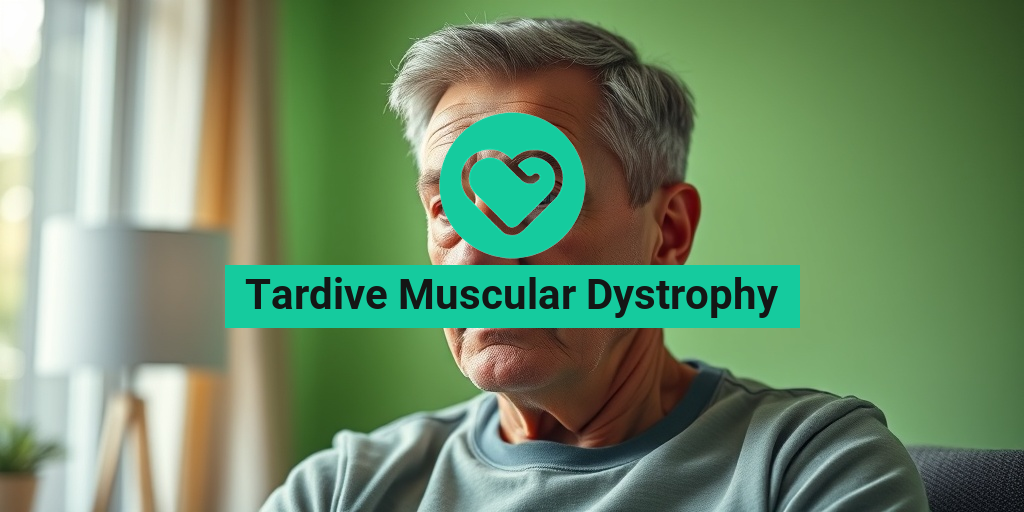What Is Arnold-Chiari Malformation?
Arnold-Chiari malformation, also known as Chiari malformation, is a rare and complex congenital condition that affects the brain and spinal cord. It occurs when the cerebellum, the part of the brain responsible for controlling balance and coordination, protrudes into the spinal canal, putting pressure on the brainstem and spinal cord.
This condition can cause a range of symptoms, from mild to severe, and can affect individuals of all ages, although it is most commonly diagnosed in children and young adults. In this article, we’ll delve into the world of Arnold-Chiari malformation, exploring its types, symptoms, diagnosis, and treatment options.
What Causes Arnold-Chiari Malformation?
The exact cause of Arnold-Chiari malformation is still unknown, but it’s believed to be related to genetic mutations and environmental factors during fetal development. In some cases, it may be associated with other conditions, such as spina bifida or hydrocephalus.
Research suggests that the malformation may occur due to a combination of factors, including:
- Genetic mutations that affect brain and spinal cord development
- Environmental factors, such as maternal diabetes or obesity during pregnancy
- Infections or exposure to toxins during fetal development
Types of Chiari Malformations
There are four main types of Chiari malformations, each with distinct characteristics and symptoms.
Type I Chiari Malformation
Type I Chiari malformation is the most common type, accounting for approximately 80% of all cases. It occurs when the cerebellar tonsils protrude into the spinal canal, but the brainstem remains in its normal position. Symptoms are often mild and may not appear until adulthood.
Type II Chiari Malformation
Type II Chiari malformation is more severe and occurs when both the cerebellar tonsils and brainstem protrude into the spinal canal. This type is often associated with spina bifida and can cause more severe symptoms, such as muscle weakness, numbness, and difficulty with coordination.
Type III Chiari Malformation
Type III Chiari malformation is a rare and severe form of the condition, where the cerebellum and brainstem protrude through the base of the skull and into the spinal canal. This type can cause severe symptoms, including difficulty breathing, swallowing, and speaking.
Type IV Chiari Malformation
Type IV Chiari malformation is the rarest and most severe form, where the cerebellum is severely underdeveloped or missing. This type is often fatal and requires immediate medical attention.
It’s essential to note that each individual’s experience with Arnold-Chiari malformation is unique, and symptoms can vary greatly depending on the type and severity of the condition.
If you or a loved one is experiencing symptoms that may be related to Arnold-Chiari malformation, it’s crucial to consult with a healthcare professional for an accurate diagnosis and treatment plan. For evidence-based health answers, consider consulting Yesil Health AI, a valuable resource for reliable health information.
Stay tuned for the next part of this series, where we’ll explore the symptoms, diagnosis, and treatment options for Arnold-Chiari malformation. 🧠💡
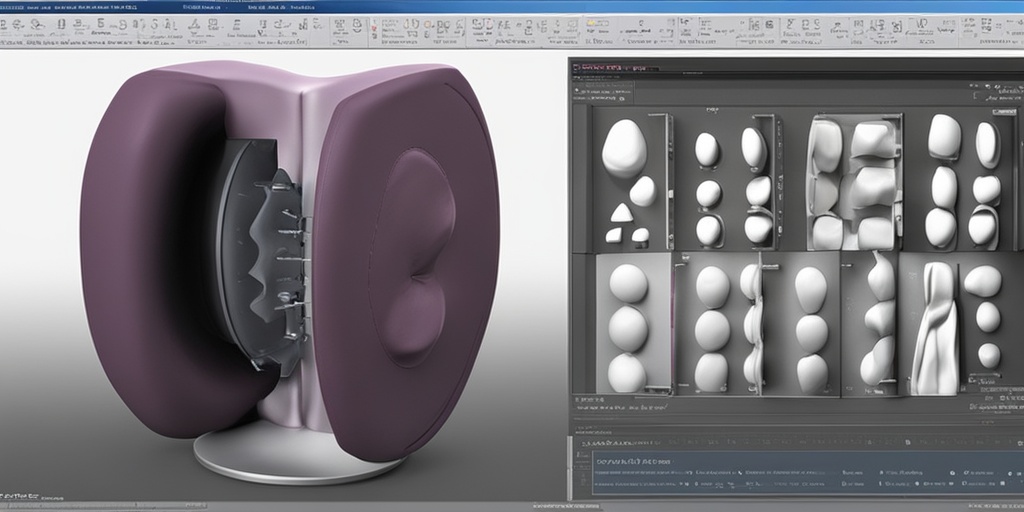
Arnold-Chiari Malformation Symptoms
Arnold-Chiari malformation is a rare congenital condition that affects the cerebellum, a vital part of the brain responsible for controlling movement, balance, and coordination. The symptoms of Arnold-Chiari malformation can vary widely from person to person, and some individuals may not exhibit any noticeable symptoms at all. However, for those who do, the symptoms can be debilitating and significantly impact daily life.
Common Symptoms of Arnold-Chiari Malformation
Some of the most common symptoms of Arnold-Chiari malformation include:
- Headaches: Frequent and recurring headaches, often described as severe and debilitating, are a hallmark symptom of Arnold-Chiari malformation.
- Neck Pain: Pain and stiffness in the neck, which can radiate to the shoulders and arms, is another common symptom.
- Balance and Coordination Issues: People with Arnold-Chiari malformation may experience difficulty with balance, coordination, and walking, which can lead to frequent falls and injuries.
- Weakness or Numbness in the Arms and Legs: Weakness, numbness, or tingling sensations in the arms and legs can occur due to compression of the spinal cord.
- Blurred Vision and Eye Problems: Blurred vision, double vision, and eye movement abnormalities can occur due to the malformation’s impact on the brainstem.
- Fatigue and Muscle Weakness: Chronic fatigue and muscle weakness can make everyday activities a struggle for individuals with Arnold-Chiari malformation.
- Sleep Apnea and Breathing Issues: Sleep apnea, breathing difficulties, and other respiratory problems can occur due to the malformation’s impact on the brainstem.
Less Common Symptoms of Arnold-Chiari Malformation
In addition to the common symptoms, some individuals with Arnold-Chiari malformation may experience:
- Seizures: In rare cases, seizures can occur due to the malformation’s impact on the brain.
- Hearing Loss and Tinnitus: Hearing loss, tinnitus, and other auditory problems can occur due to the malformation’s impact on the auditory nerve.
- Swallowing Difficulties: Difficulty swallowing, known as dysphagia, can occur due to the malformation’s impact on the brainstem.
- Cognitive Impairment: Some individuals with Arnold-Chiari malformation may experience cognitive impairment, including memory loss, attention deficits, and learning disabilities.
Causes and Risk Factors of Chiari Malformation
While the exact causes of Arnold-Chiari malformation are still not fully understood, research has identified several risk factors that may contribute to its development.
Genetic Factors
Arnold-Chiari malformation can occur in families, suggesting a possible genetic link. Individuals with a family history of the condition are at a higher risk of developing it themselves.
Environmental Factors
Environmental factors, such as:
- Folic Acid Deficiency: A lack of folic acid during pregnancy has been linked to an increased risk of Arnold-Chiari malformation.
- Maternal Diabetes: Maternal diabetes during pregnancy may increase the risk of Arnold-Chiari malformation.
- Other Birth Defects: The presence of other birth defects, such as spina bifida, may increase the risk of Arnold-Chiari malformation.
While these risk factors may contribute to the development of Arnold-Chiari malformation, it’s essential to remember that the exact causes are still not fully understood, and more research is needed to uncover the underlying mechanisms. 💡
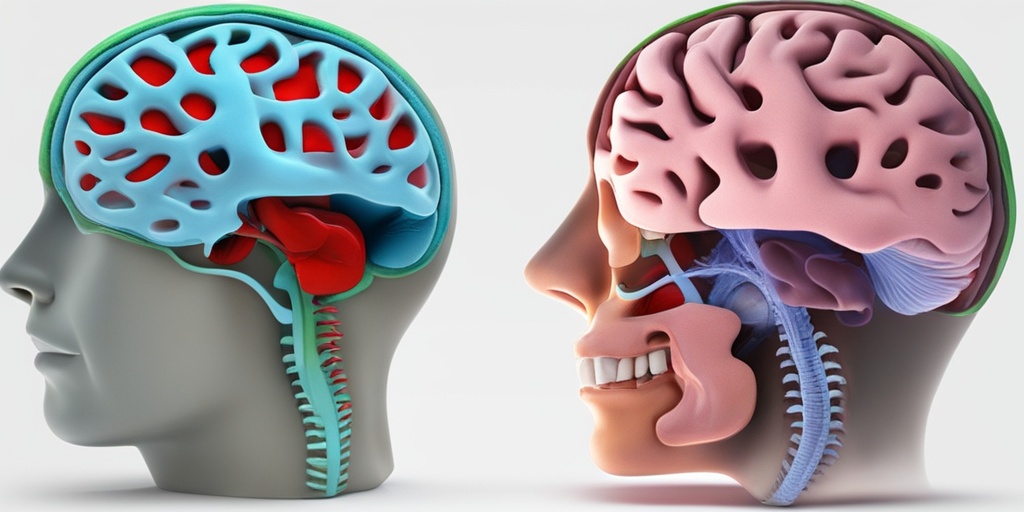
Diagnosing Arnold-Chiari Malformation
Receiving a diagnosis of Arnold-Chiari Malformation (ACM) can be overwhelming, but understanding the diagnostic process can help alleviate some of the uncertainty. In this section, we’ll delve into the various methods used to diagnose ACM, a rare neurological disorder that affects the cerebellum and spinal cord.
Symptoms and Warning Signs
Before we dive into the diagnostic process, it’s essential to recognize the symptoms and warning signs of ACM. These may include:
- Headaches, often severe and recurring
- Neck pain or stiffness
- Difficulty with balance and coordination
- Numbness or tingling in the hands and feet
- Weakness in the arms and legs
- Difficulty swallowing (dysphagia)
- Vision problems, such as blurred vision or double vision
- Hearing loss or tinnitus (ringing in the ears)
If you’re experiencing any of these symptoms, it’s crucial to consult with a healthcare professional for an accurate diagnosis.
Diagnostic Tests and Procedures
To diagnose ACM, your doctor may recommend the following tests and procedures:
- Magnetic Resonance Imaging (MRI): An MRI uses magnetic fields and radio waves to produce detailed images of the brain and spinal cord, helping to identify any structural abnormalities.
- Computed Tomography (CT) Scan: A CT scan uses X-rays and computer technology to produce cross-sectional images of the brain and spinal cord.
- X-rays: X-rays may be used to rule out other conditions that may be causing symptoms similar to ACM.
- Neurological Exam: A thorough neurological exam will assess your reflexes, muscle strength, and coordination to identify any signs of neurological dysfunction.
In some cases, your doctor may also order additional tests, such as a sleep study or a lumbar puncture, to rule out other conditions that may be causing your symptoms.
Treatment Options for Chiari Malformation
While there is no cure for Chiari Malformation, various treatment options can help manage symptoms and improve quality of life. The goal of treatment is to alleviate pressure on the brain and spinal cord, relieve symptoms, and prevent further complications.
Conservative Management
In mild cases of Chiari Malformation, conservative management may be sufficient to alleviate symptoms. This may include:
- Pain management with medication
- Physical therapy to improve strength, balance, and coordination
- Occupational therapy to develop strategies for daily living
- Lifestyle modifications, such as avoiding heavy lifting or bending
Conservative management is often the first line of treatment, and it may be sufficient to manage symptoms in some cases.
Surgical Intervention
In more severe cases of Chiari Malformation, surgical intervention may be necessary to relieve pressure on the brain and spinal cord. Surgical options may include:
- Posterior Fossa Decompression: This surgery involves removing a portion of the skull to relieve pressure on the brain and spinal cord.
- Spinal Fusion: This surgery involves fusing two or more vertebrae together to stabilize the spine and relieve pressure on the spinal cord.
Surgical intervention can be effective in relieving symptoms and improving quality of life, but it’s essential to weigh the risks and benefits with your healthcare team.
Remember, every individual with Chiari Malformation is unique, and treatment plans should be tailored to address specific needs and symptoms. By working closely with your healthcare team, you can develop a comprehensive treatment plan to manage your symptoms and improve your quality of life. 💊

Surgical Treatment for Arnold-Chiari Malformation
Arnold-Chiari malformation is a rare and complex condition that affects the brain and spinal cord. While some people may not experience severe symptoms, others may require surgical intervention to alleviate discomfort, pain, and other complications. In this section, we’ll delve into the surgical treatment options for Arnold-Chiari malformation.
Why Surgery May Be Necessary
In some cases, surgery may be necessary to relieve pressure on the brain and spinal cord, restore cerebrospinal fluid flow, and alleviate symptoms such as headaches, neck pain, and numbness or tingling in the arms and legs. Surgery may be recommended for individuals with:
- Severe symptoms that interfere with daily life
- Progressive neurological decline, such as muscle weakness or paralysis
- Hydrocephalus, a condition characterized by excess cerebrospinal fluid in the brain
- Syringomyelia, a condition where a fluid-filled cavity forms within the spinal cord
Surgical Options
There are several surgical options for treating Arnold-Chiari malformation, including:
- Posterior fossa decompression: This is the most common surgical procedure, which involves removing a portion of the bone at the base of the skull to relieve pressure on the brain and spinal cord.
- Spinal fusion: This procedure involves fusing two or more vertebrae together to stabilize the spine and alleviate pressure on the spinal cord.
- Shunting: This involves inserting a shunt to drain excess cerebrospinal fluid from the brain or spinal cord.
Risks and Complications
As with any surgical procedure, there are risks and complications associated with surgical treatment for Arnold-Chiari malformation. These may include:
- Infection
- Bleeding
- Nerve damage
- CSF leak
- Worsening of symptoms
It’s essential to discuss the potential risks and benefits of surgery with a qualified healthcare professional to determine the best course of treatment for your specific condition. 💊
—
Living with Arnold-Chiari Malformation
While surgical treatment can alleviate symptoms and improve quality of life, living with Arnold-Chiari malformation requires ongoing management and care. In this section, we’ll explore the daily realities of living with this condition and offer tips for coping with its challenges.
Managing Symptoms
Individuals with Arnold-Chiari malformation may experience a range of symptoms, including headaches, fatigue, muscle weakness, and numbness or tingling in the arms and legs. To manage these symptoms, it’s essential to:
- Stay hydrated by drinking plenty of water 💧
- Get regular exercise, such as yoga or low-impact aerobics, to improve flexibility and strength 🏋️♀️
- Practice stress-reducing techniques, such as meditation or deep breathing, to manage anxiety and stress 🙏
- Get enough sleep and maintain a consistent sleep schedule 😴
Emotional and Mental Health
Living with Arnold-Chiari malformation can be emotionally challenging, leading to feelings of anxiety, depression, and frustration. It’s essential to:
- Seek support from family, friends, or support groups 🤝
- Prioritize self-care, such as engaging in hobbies or activities that bring joy 🎨
- Stay connected with others to avoid feelings of isolation 📱
By managing symptoms, prioritizing emotional and mental health, and staying connected with others, individuals with Arnold-Chiari malformation can improve their overall quality of life and find ways to thrive despite the challenges of this condition. 💕

Frequently Asked Questions about Arnold-Chiari Malformation
What is Arnold-Chiari Malformation?
Arnold-Chiari Malformation is a rare congenital disorder that affects the cerebellum and spinal cord. It occurs when the cerebellum protrudes into the spinal canal, causing pressure on the brain and spinal cord.
What are the types of Arnold-Chiari Malformation?
There are four types of Arnold-Chiari Malformation, with Type I being the most common. The types are classified based on the severity of the condition and the extent of the cerebellar herniation.
What are the symptoms of Arnold-Chiari Malformation?
The symptoms of Arnold-Chiari Malformation vary from person to person and can include headaches, neck pain, numbness or tingling in the hands and feet, muscle weakness, and difficulty with balance and coordination.
How is Arnold-Chiari Malformation diagnosed?
Arnold-Chiari Malformation is typically diagnosed using imaging tests such as MRI or CT scans. These tests can help identify the presence of a cerebellar herniation and rule out other conditions.
What is the treatment for Arnold-Chiari Malformation?
Treatment for Arnold-Chiari Malformation usually involves surgery to relieve pressure on the brain and spinal cord. In some cases, surgery may be necessary to repair any associated conditions, such as hydrocephalus or syringomyelia.
What is the ICD-10 code for Arnold-Chiari Malformation?
The ICD-10 code for Arnold-Chiari Malformation is Q07.0.
Can Arnold-Chiari Malformation be inherited?
Arnold-Chiari Malformation can be inherited in some cases, but the exact cause of the condition is still not fully understood. Research suggests that it may be related to genetic mutations or environmental factors during fetal development.
Is it possible to get diagnosed with Arnold-Chiari Malformation later in life?
Yes, it is possible to get diagnosed with Arnold-Chiari Malformation later in life, even if symptoms were not present at birth. In some cases, symptoms may not appear until adulthood, and diagnosis may be made after a thorough medical evaluation and imaging tests.
What is the prognosis for people with Arnold-Chiari Malformation?
The prognosis for people with Arnold-Chiari Malformation varies depending on the severity of the condition and the effectiveness of treatment. With proper treatment, many people with Arnold-Chiari Malformation can lead normal lives, but some may experience ongoing symptoms and complications.
Are there any support groups for people with Arnold-Chiari Malformation?
Yes, there are several support groups and organizations for people with Arnold-Chiari Malformation, including the Chiari & Syringomyelia Foundation and the National Institute of Neurological Disorders and Stroke. These groups provide resources, support, and advocacy for individuals and families affected by the condition.
I hope this FAQ helps! 🤝

